Blue Plaques
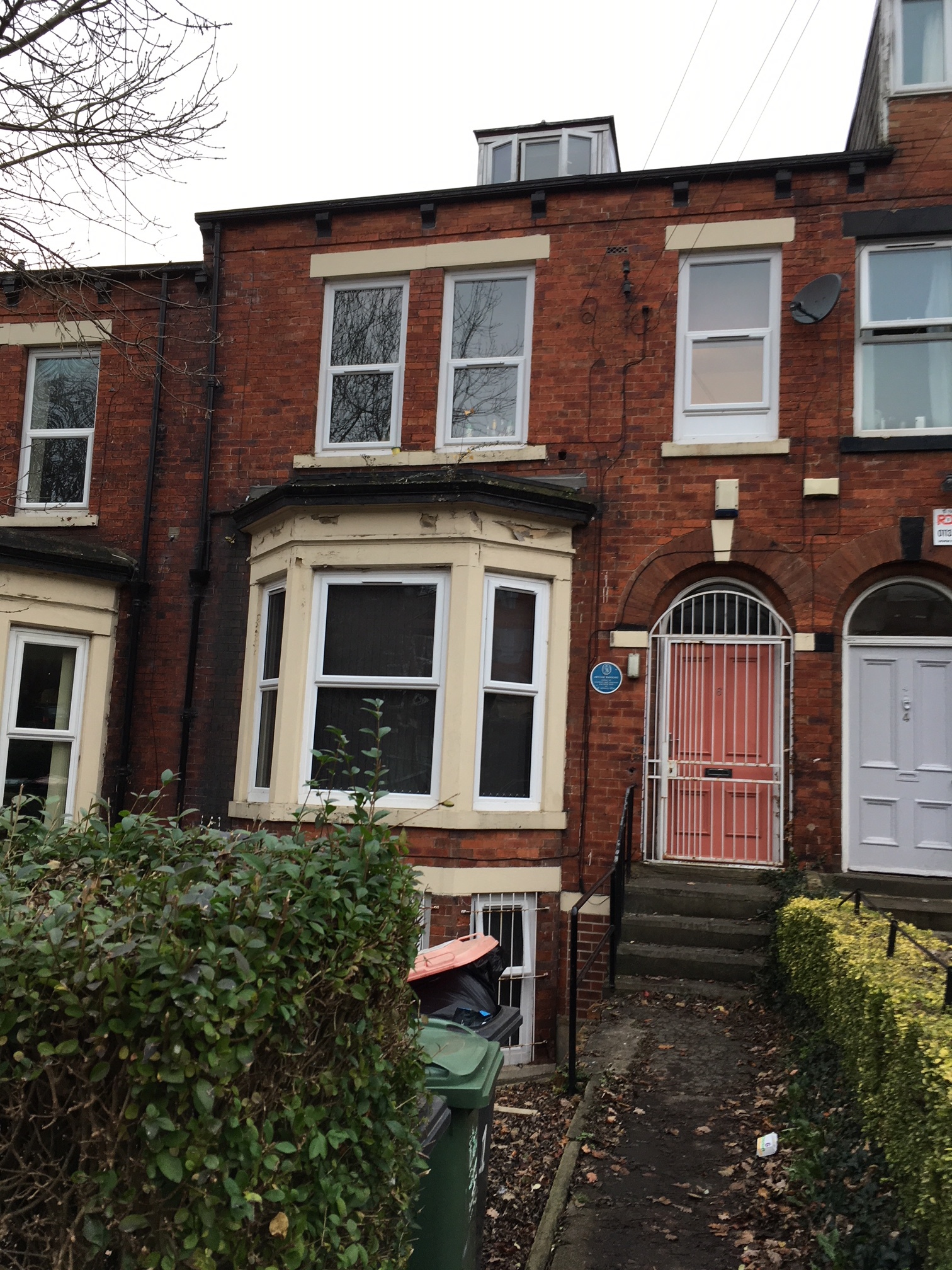
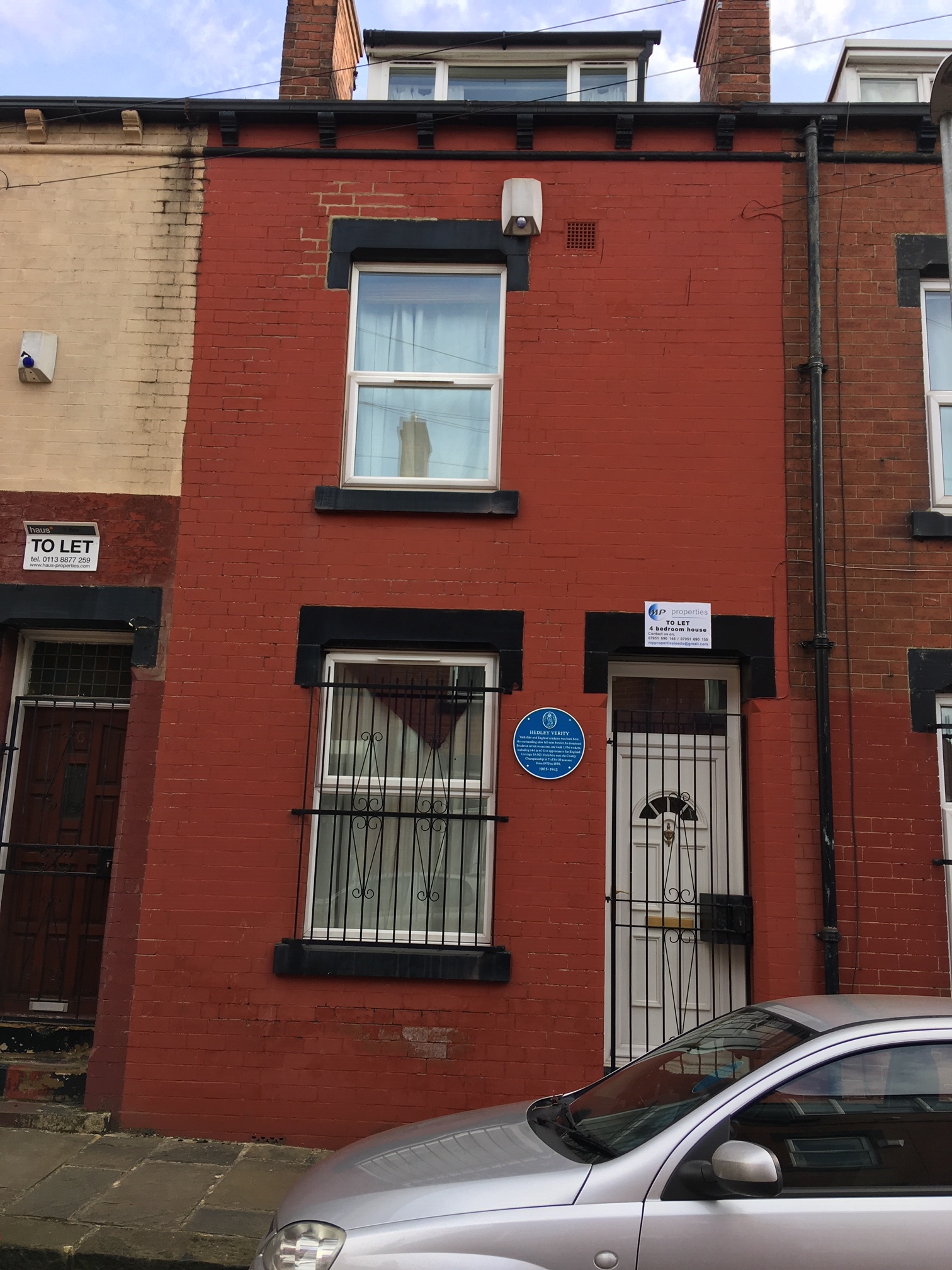
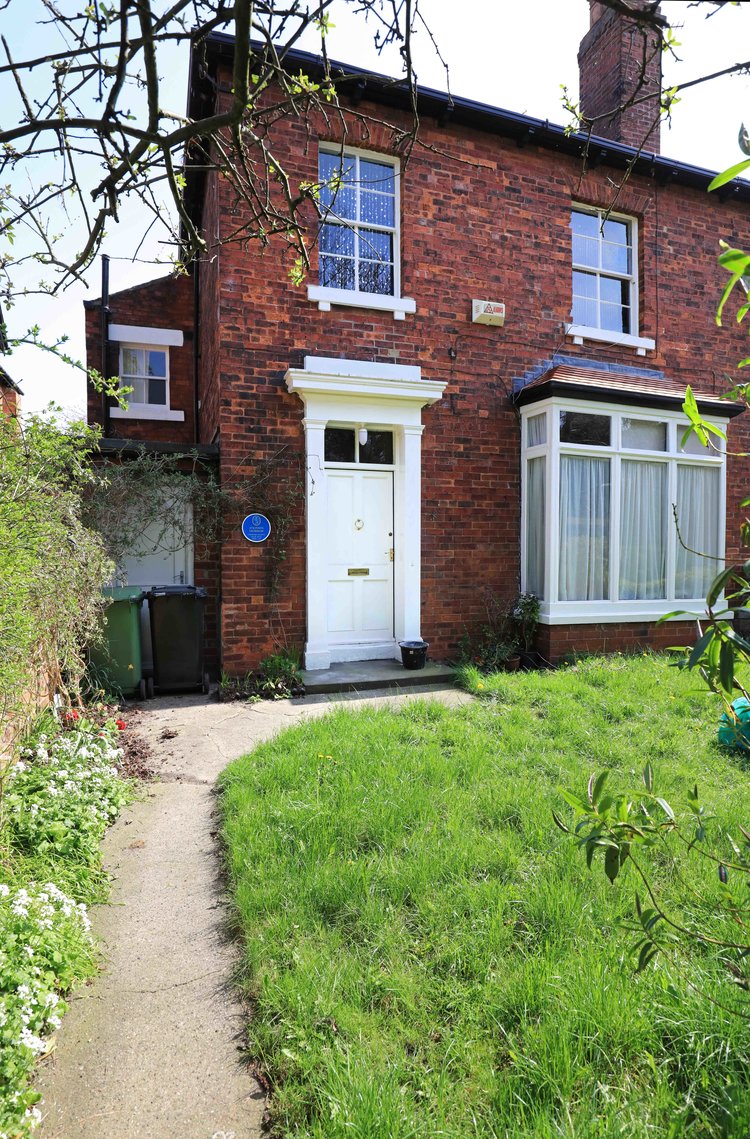


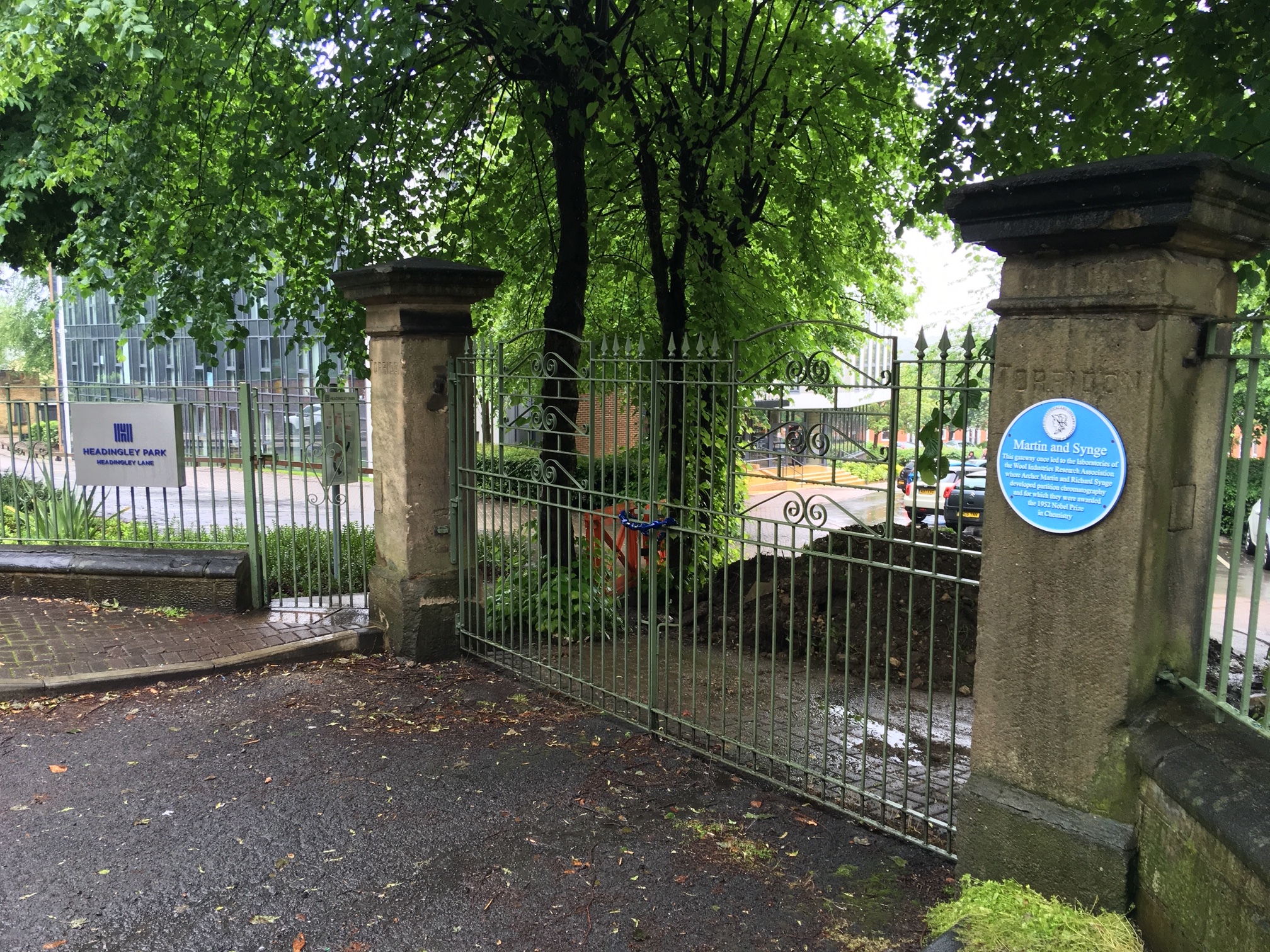

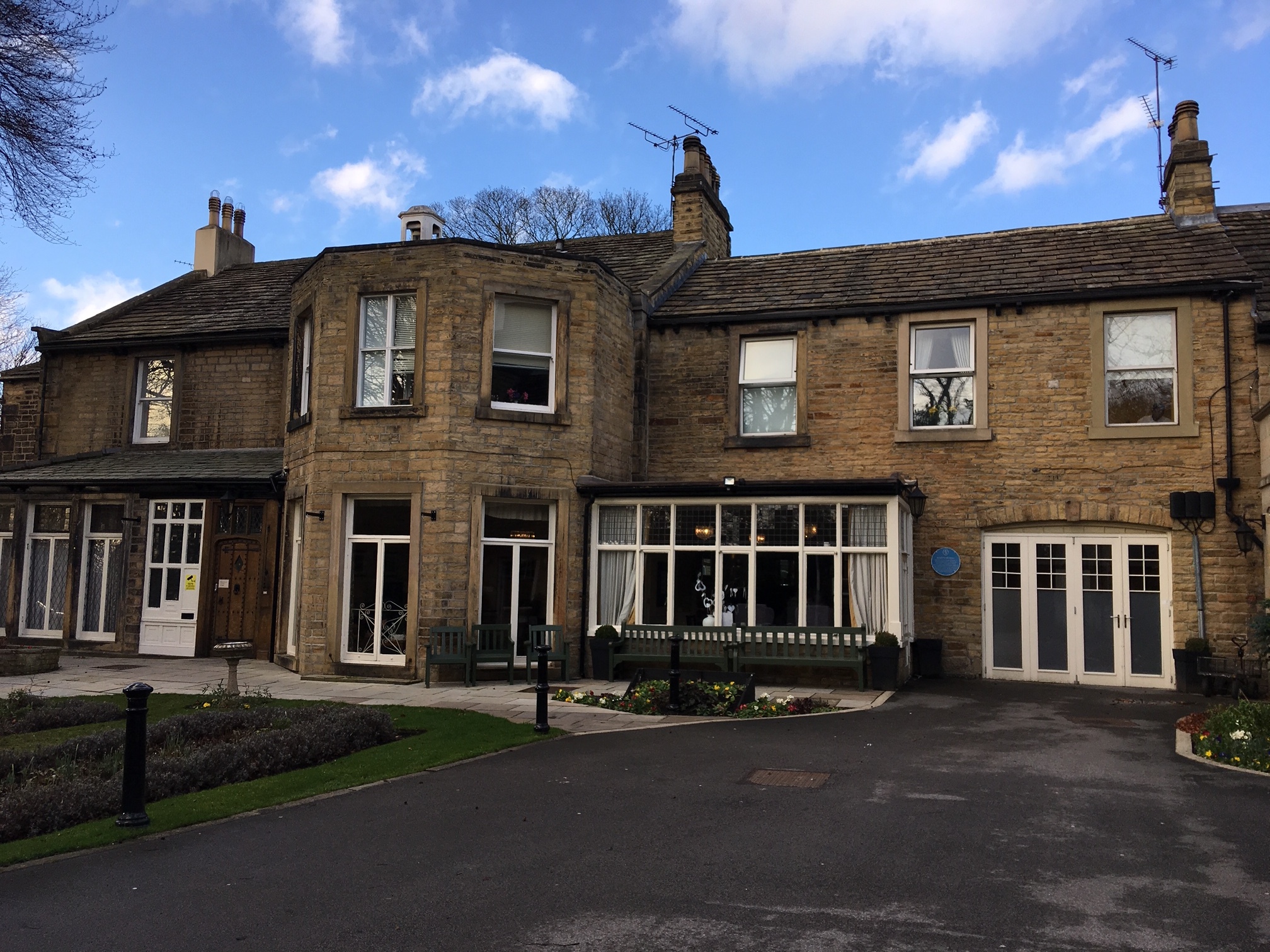

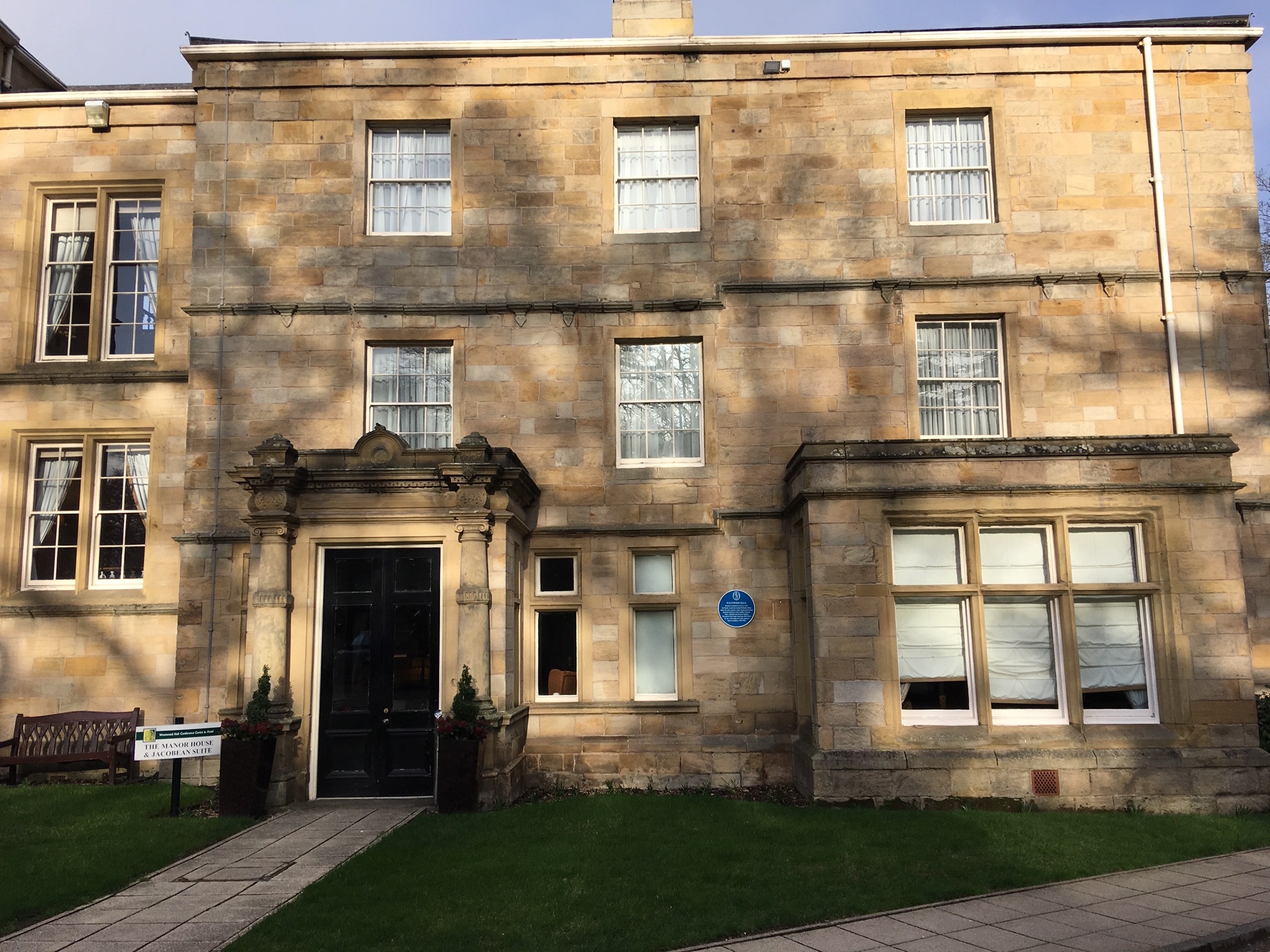

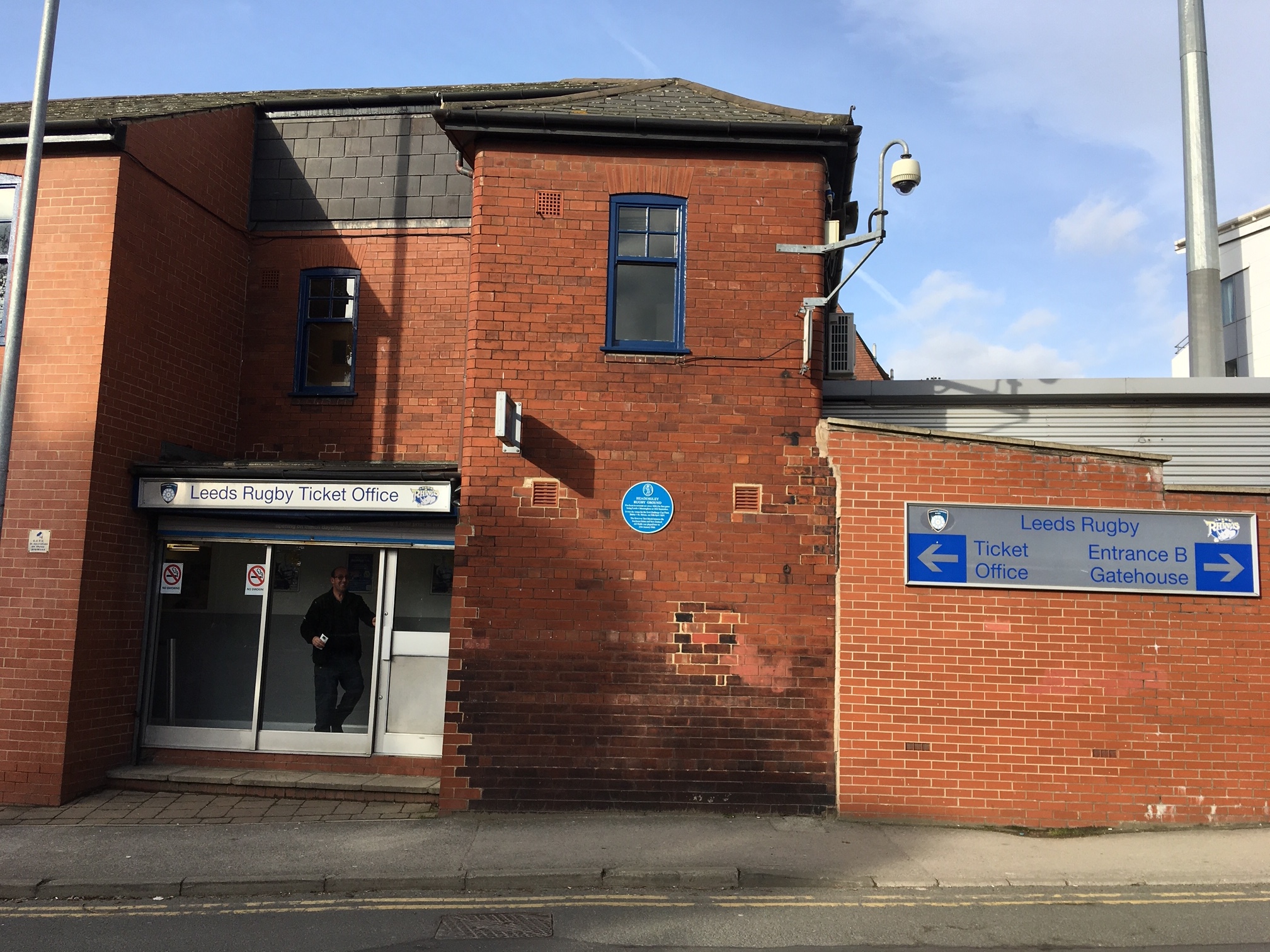
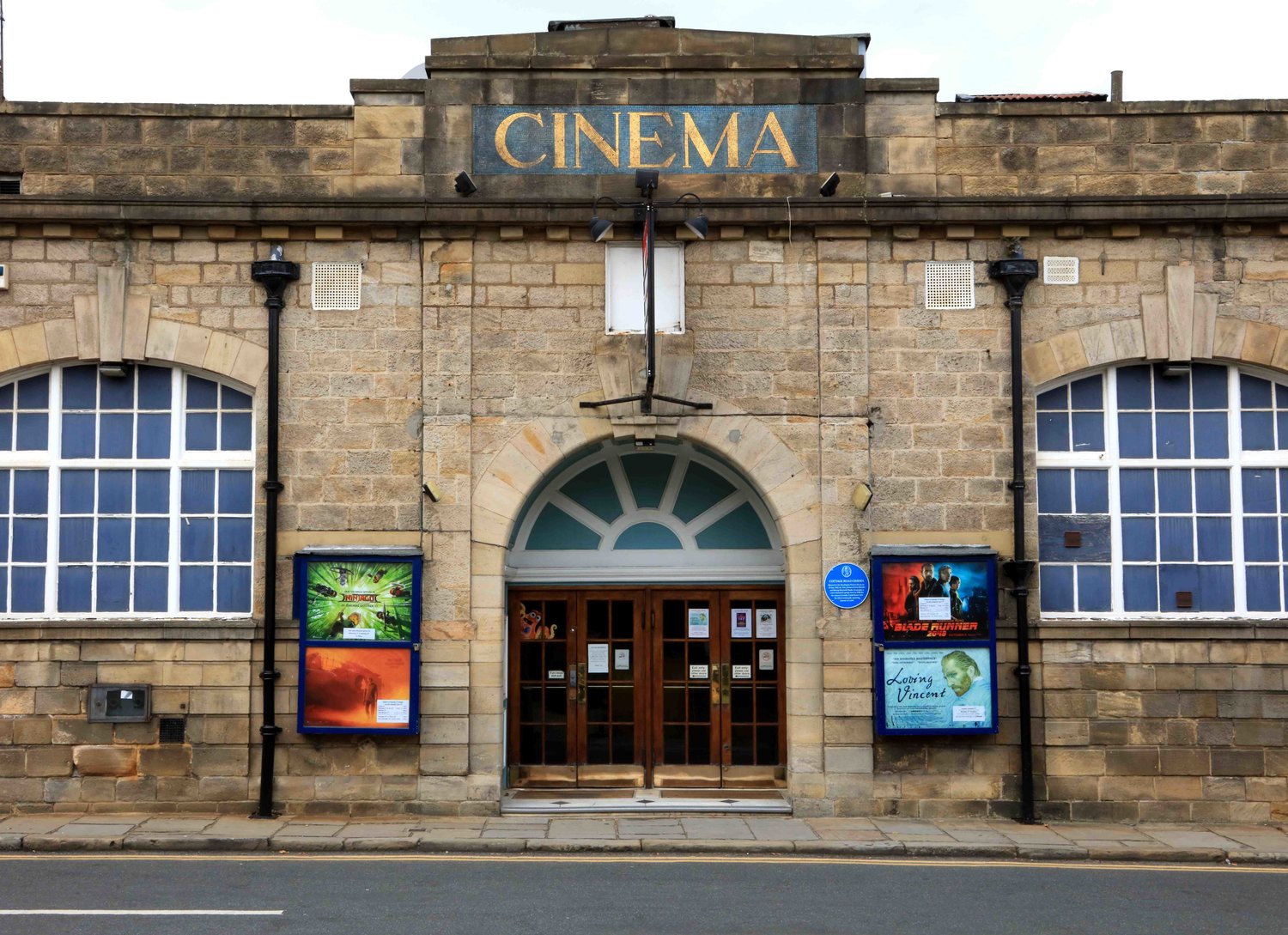
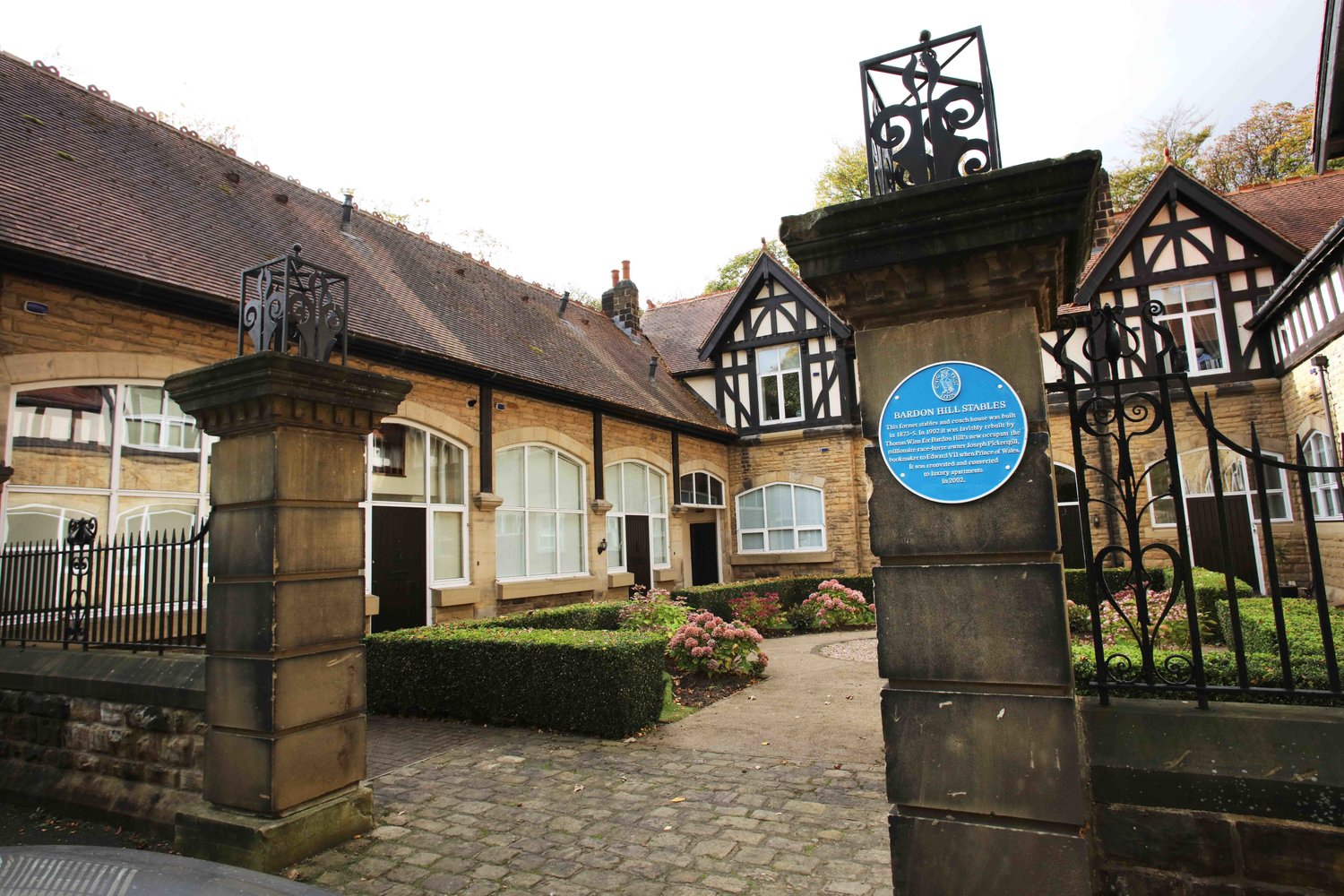
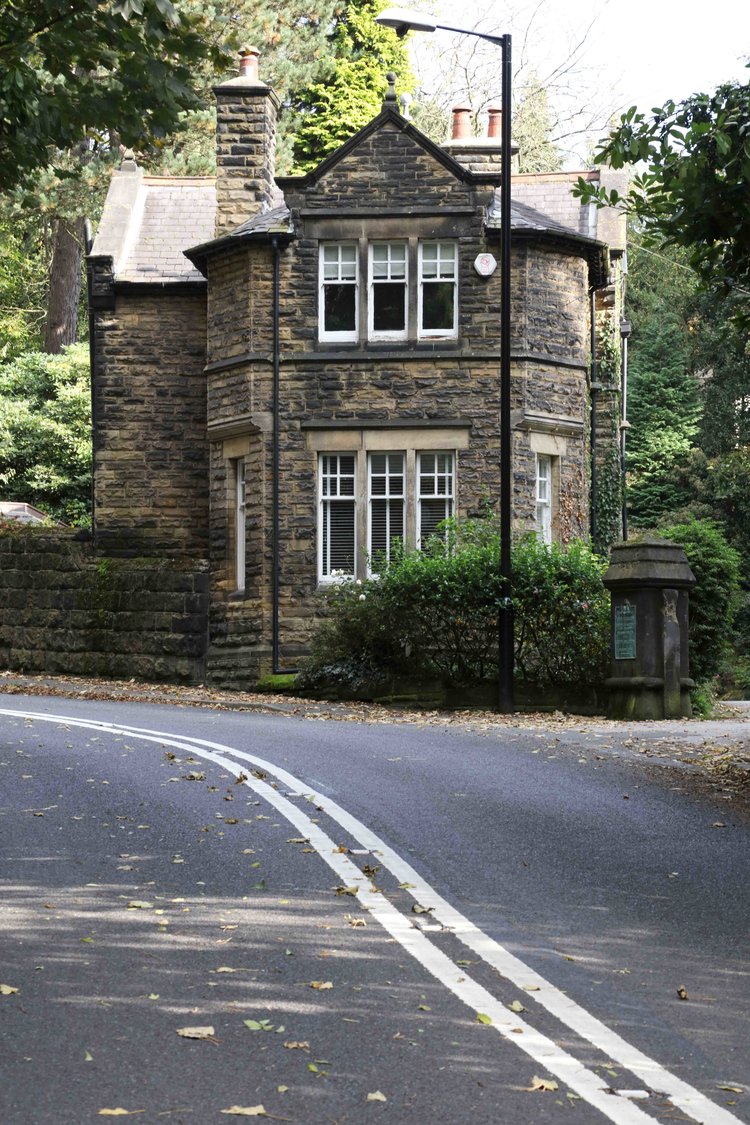
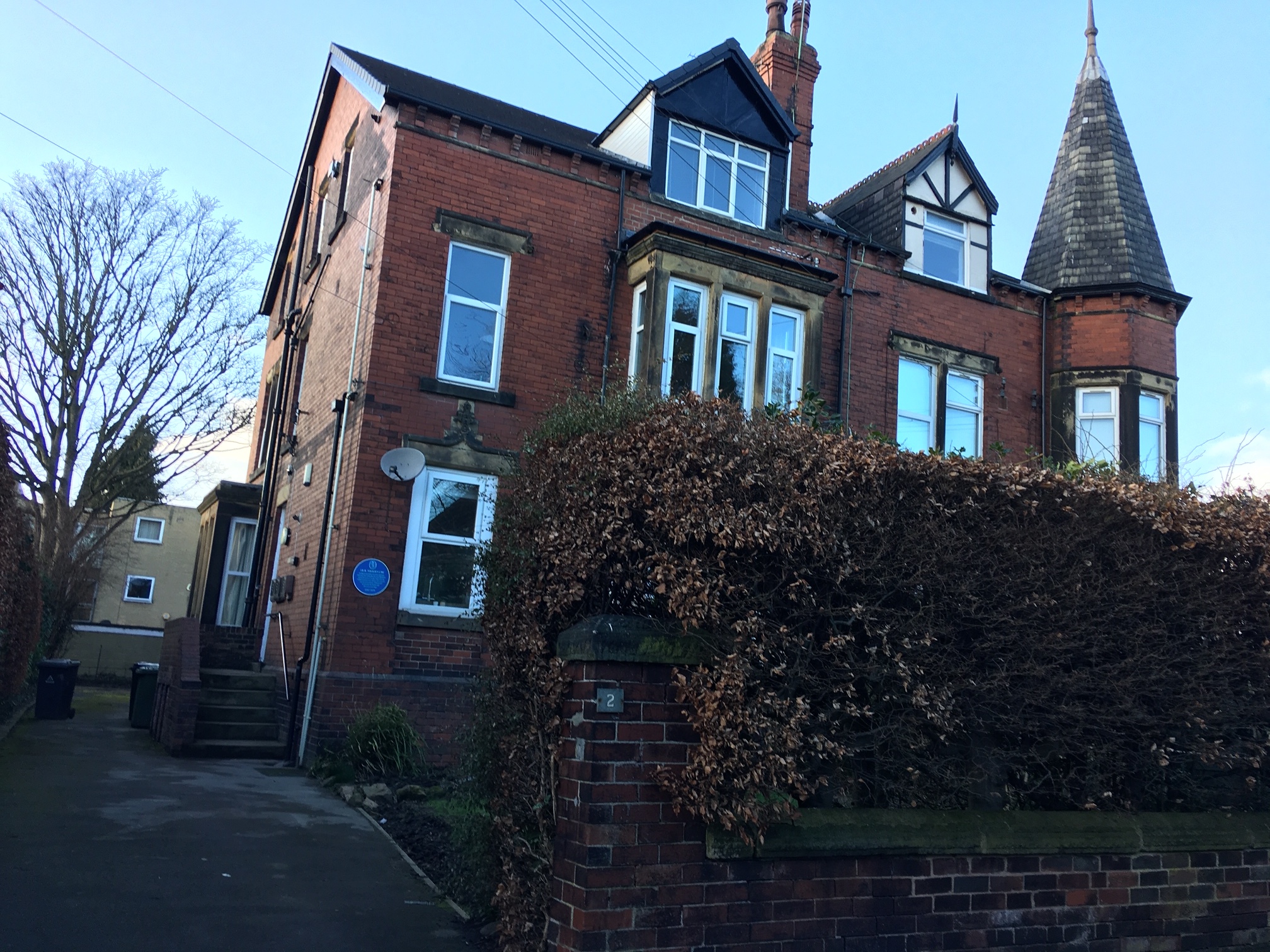
Leeds Civic Trust set up its Blue Plaque Scheme in 1987 to celebrate important people, events and buildings in Leeds. There are now thirteen of these plaques in and around Headingley.
See Leeds Civic Trust for a list of plaques
and Open Plaques for a map of their locations.
Photographs by kind permission of Jerry Hardman Jones (JHJ) and Richard Tyler (RT).
Photographs are subject to copyright and should not be reproduced without the owner's permission.
See also, History of Headingley and Walks
FROM RANSOME TO TOLKIEN
A Blue Plaque Pilgrimage
Half of Headingley’s Blue Plaques commemorate people and half mark places. They indicate something of Headingley’s history, but they are mostly concerned with local popular culture.
The ‘pilgrimage’ begins in Hyde Park: from the Corner, Victoria Road leads to Ash Grove, which turns off to the left. Here, at no6, Arthur Ransome was born in 1884. As a journalist, he became involved in the Russian Revolution (and married Trotsky’s secretary), but he is famous for the Swallows and Amazons books, published from 1930 onwards.
At the bottom of Ash Grove, turn right into Brudenell Road, right again into Welton Road, and then right again into Welton Grove: here, twenty years later, Hedley Verity was born at 4 Welton Grove in 1905. As a professional cricketer, he played for Yorkshire and England, from 1930 until the Second World War, when he died in the invasion of Italy in 1943. (Both Ransome’s and Verity’s birthplaces are now privately rented.)
Returning to Hyde Park Corner, across Headingley Lane, Cliff Road runs northwards. Much earlier, from 1866-1870, the Leeds-born painter Atkinson Grimshaw moved there, to no56. His finest work painted here is Autumn Glory of 1869 (in Leeds City Art Gallery), introducing a theme which led Whistler to regard him as ‘the inventor of nocturnes’.
From Cliff Road, Cliff Lane leads to Grosvenor Terrace, off Grosvenor Road (which is typical of Grimshaw’s nocturnal street scenes). Edmund Harvey, the Leeds-born Quaker social reformer and politician, moved to Rydal, 5 Grosvenor Terrace, in 1923, where he died in 1955. Formerly MP for Leeds West and for Dewsbury, he was elected MP for the Combined English Universities seat, 1937-1945, where he was a champion for academic refugees.
At the bottom of Grosvenor Road, the mathematician Selig Brodetsky lived at no3. He came to Leeds as a lecturer in mathematics at the University of Leeds in 1919, then as Reader in 1920, and as Professor of Applied Mathematics from 1924 to 1948; his expertise was in aerodynamics. He was active in the Association of University Teachers (President, 1935-6), and he was President of the Board of Deputies of British Jews, 1940-49. (The first two houses in North Hyde Park are still private residences, while the third is privately rented.)
(Just up Headingley Lane from Grosvenor Road is Headingley Park, built in the grounds of Victorian villas [now demolished], one of which was named Torridon [the name is still on the gatepost]. Here, the Wool Industries Research Association had its laboratories, where Archer Martin and Richard Synge developed partition chromatography for the analysis of wool - but its impact was much wider, transforming the understanding of proteins such as insulin. The plaque was placed by the Leeds Philosophical & Literary Society.)
From Hyde Park, the pilgrimage moves to Headingley centre. Here, North Lane leads to Kirkstall Lane, where William Astbury lived at no189, from his appointment as a lecturer at the University of Leeds in 1928, until his death (as Professor of Biomolecular Structure) in 1961. He was a pioneer in the field of molecular biology, and is commemorated by the Astbury Centre in Leeds. (His house is now privately rented.)
Meanwhile, northwards from Headingley centre, Blue Plaques mark the three oldest sites in Headingley, which trace the stages of its early history, Headingley Hall, New Grange and Weetwood Hall. Shire Oak Road is named after the ‘Shire Oak’, which was a focus of local government in the Viking era. Close by the Oak, before the Conquest, what is now 5 Shire Oak Road was the site of the manor house of the lord of the manor of Headingley, now Headingley Hall. Part of the present building dates back to 1649, but it has been redeveloped in every century up to the present day, and has recently been extended as a residential care home.
Further north along Otley Road, St Chad’s Drive turns off to the left, and leads to The Grange on the campus of Leeds Beckett University. This dates from the monastic era: after the Conquest, Headingley was given to Kirkstall Abbey by one of the Conqueror’s barons, and the Abbey built New Grange as the base for farming its lands in Far Headingley. After the Dissolution, the farm was rebuilt and redeveloped a number of times, and renamed Kirkstall Grange in 1832. Bought from the Beckett family in 1908 by Leeds Corporation as a training college, it has been inherited by the University.
Further still along Otley Road, on the right stands Weetwood Hall, from the era of private estates. Following the Dissolution of the monasteries in 1539, Kirkstall Abbey’s estates were sold, and those to the north of New Grange in Weetwood were acquired by the Foxcroft family, who built the Hall in 1625. It passed through various hands until acquired by the University of Leeds in 1919. The Hall has now been developed as a hotel and conference centre.
(Back at Shaw Lane, turning right off Otley Road, Oak Bank is a reminder of one of Headingley’s major landowners, the Brudenell family, Earls of Cardigan [who have given their names to numerous local streets]. 13-17 Shaw Lane belonged to their estates for two centuries, from 1671 to 1880. The most famous Earl was the seventh, who led the Charge of the Light Brigade. The plaque was placed by the developer Mansio Homes.)
In parallel with these historic sites, a sequence of Blue Plaques along Otley Road resumes the cultural story of Headingley, especially as popular entertainment at the turn of the century. Back in Headingley centre, almost opposite Shire Oak Road, St Michael’s Lane runs past the famous sporting venue of Headingley Stadium, where a plaque marks Headingley Rugby Ground. In fact, the grounds were bought by the Leeds Cricket, Football and Athletic Company in 1888, and opened in 1890, with a rugby ground to the south and a cricket ground to the north (where Hedley Verity played), with a back-to-back stand between. The Stadium has been massively redeveloped, and is now managed jointly by Yorkshire County Cricket Club and Leeds Rugby.
Returning to Otley Road, half-a-mile to the north, Cottage Road in Far Headingley turns off to the right. And here moving pictures arrived. A stables on Cottage Road was converted to a garage about 1900, and then to a cinema, the Headingley Picture House, in 1912. It was renamed the Cottage Road Cinema in 1938, and remains the oldest cinema in Leeds.
Further up Otley Road, Weetwood Lane branches off to the right, and half-a-mile along, Bardon Hall Gardens turns off to the left. At the end, stands Bardon Hill Stables, a monument to horse-racing. The stables at Bardon Hill were lavishly rebuilt in 1902 by the millionaire bookmaker and racehorse owner, Joseph Pickersgill. A hundred years later, in 2002, they were converted to apartments. (Unfortunately, the building is in a gated estate, and inaccessible.)
(A few yards further along Weetwood Lane, on the right, is the entrance to The Hollies. The gatepost bears a plaque [not blue] commemorating the gift of the park to Leeds in 1921 by William Brown, for the enjoyment of its citizens, in memory of his son Major Harold Brown DSO, killed in the Great War.)
Finally, continuing along Otley Road, the ‘pilgrimage’ ends in West Park. Just off West Park Roundabout is Darnley Road, where one of the twentieth century’s most popular authors lived. JRR Tolkien came to Leeds as Reader in English at the University of Leeds in 1920, and moved to 2 Darnley Road in 1924 when he was appointed Professor, before leaving the following year for Oxford. (The house is now apartments.) Tolkien’s mythology of Middle Earth was well under way while he lived in Headingley, and he published The Hobbit in 1937 – contemporary with Arthur Ransome’s books.
To help follow the pilgrimage, see Open Plaques for a map. And buses run frequently up and down Headingley Lane and Otley Road, comprising services 23, 24, 25 and 27, to West Park; service 22 branches off up St Chad’s and 28 branches off up Weetwood Lane (service X84 is boarding only).
Richard Tyler, Headingley Development Trust, March 2019, revised 2024, 2025

